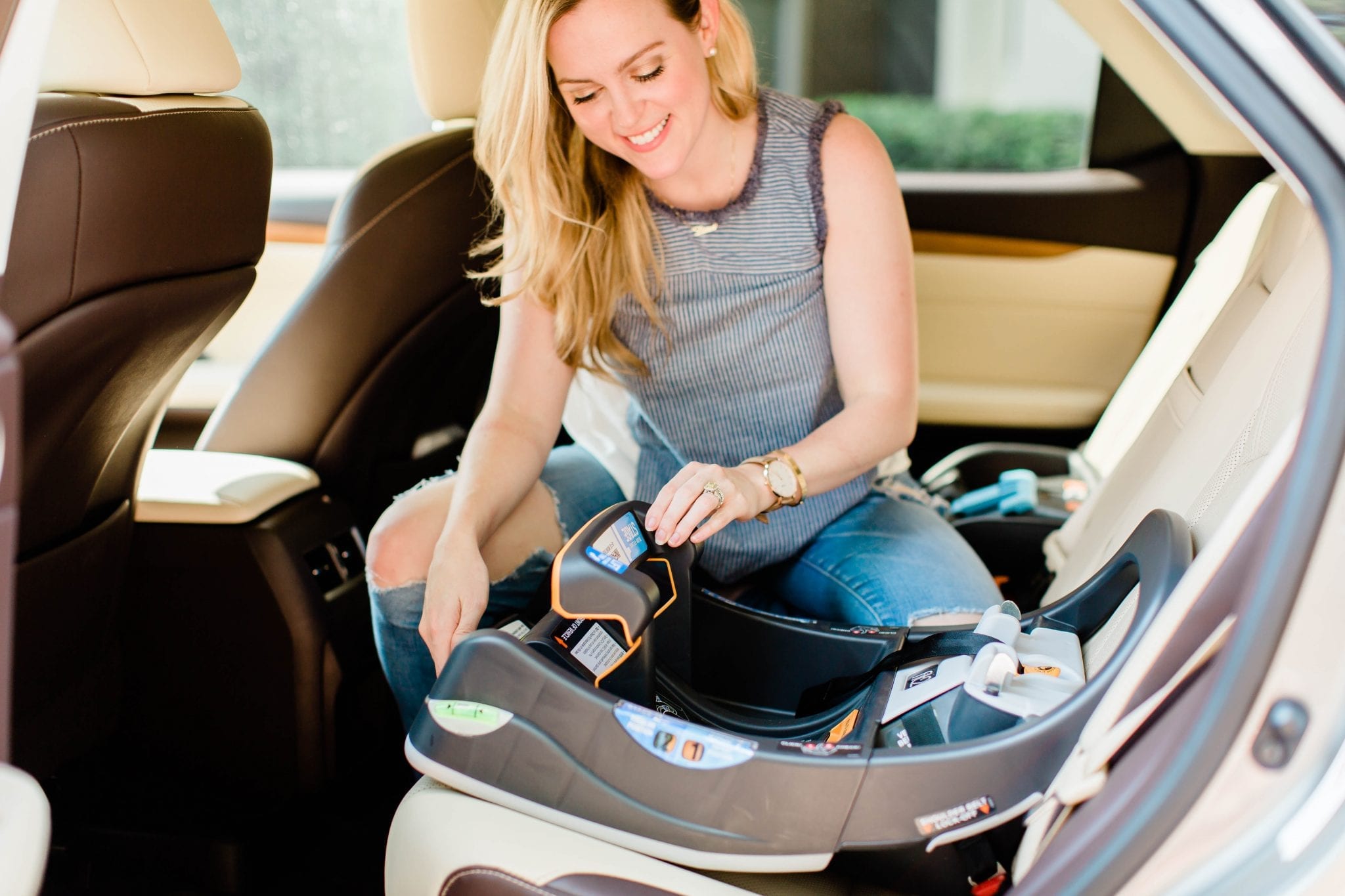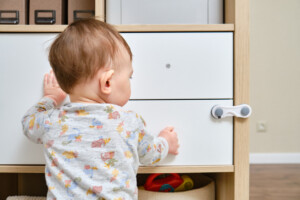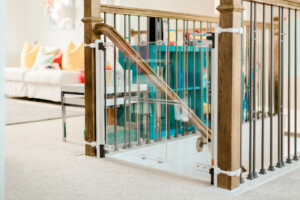The National Safety Council determined the odds of a person dying in an automobile accident at 1 in every 102 people. With that figure in mind, considering that your child will be riding in your vehicle makes car seat safety a vital concern. Whether you’re nervously expecting a baby and have never touched a car seat before, or you’re a worried parent and want to double-check, taking the steps below will avoid the most common car seat safety mistakes so you can maintain your child’s health and your mind’s sanity.
10 Car Seat Safety Tips That May Save Your Child’s Life
1. Read the car seat safety instructions.
The first mistake is the most obvious one. Car seats may attach similarly, but each model has a particular setup that must be followed. Many of the following mistakes directly result from not checking the manual. If you lose your manual, check the manufacturer’s website for a digital copy, and call them by phone if they don’t have them hosted. Even if the car seat has some instructions on stickers, do not install the seat without reading the manual.
2. Read your car’s manual.
Yes, you have to read the car’s manual, too. A section should discuss the installation of child safety seats, including diagrams showing the location of LATCH points if your model comes with them. Searching by touch under the cushions expends extra effort when you could find them in a moment with a bit of reading — or worse, find out that they were never there at all. The manual may also mention that some seats should not be used for car seats as a safety precaution.
3. Check your child’s height and weight for the right car seat type.
The right car seat varies with the size of your child. Keep your seat’s height and weight requirements visibly posted in your room, the kid’s room, or on the way out the door. As long as you regularly measure your child, they should help you to upgrade around the right time.
Some newer car seats, like the Nuna Exec, are designed to save parents the hassle of buying a new one as the child grows up, and it can be easy for a busy mind to forget that a seat left in the same spot for months needs adjustment to function correctly. Parents with this type of seat should set themselves multiple reminders.
4. Check for car seat safety recalls.
Just like any product, some car seats do not work as advertised. Look at the National Highway Traffic Safety Administration’s car seat recall database (here) to see if the model you intend to use is in there. Registering your seat can help you get alerts, but they are less reliable than actively checking the site. Even a minor defect can have disastrous consequences in an accident. Take the same level of precaution whether the car seat is a gift, a hand-me-down, or a new purchase.
5. Set the seat at the proper angle.
The angle will vary by model, but it will typically be between 30 and 45 degrees. You can download a level app on most modern smartphones. Some seats will have guides to help you find the right angle, so use those if you can’t find a more accurate level. You can adjust the seat angle to accommodate the child’s comfort but never incline the seat past 45 degrees.
6. Secure the seat tightly so it doesn’t budge.
Tightening the belts on a seat with stiff buttons that seem to get jammed every time they move can be frustrating, but giving up before the seat is tight enough is not an option. This applies to both seats held in by the seatbelt or seats that use the LATCH system. Once you have secured the seat, give it a firm wiggle. If it shakes from you, it will be even worse in an accident, so get back in there and try again.
7. Adjust the harness clip to the correct position.
The harness clip on the belts of most car seats maneuvers the straps so that the force of your child’s weight is distributed correctly across their chest. Move the clip upwards to sit high on the chest, with the ends pointing towards the bottom of their shoulders. Depending on the model, you may also need to tighten the straps by pulling on an extension at the bottom or behind the seat.
8. Use a top tether.
Once you switch or adjust to a front-facing car seat, every model with a LATCH system and some others will have a top tether that needs to be secured to the tether anchor that will be located either on the back of the seat or high in the rear if there is no space behind it. Neglecting to tether the seat can result in it being flung forward during an impact.
9. Remove bulky clothing before putting a kid in a car seat.
Putting your child in a car seat while they are wearing bulky clothing or having a blanket directly on top of them creates a looser fit between them and the harness. That extra space means extra movement in case of an impact, jostling the child around and increasing the likelihood of an injury.2
10. Ask for help.
Even if you have spent the time reading manuals, checking out videos, and researching your products, you may have trouble putting that information into practice. Successfully installing a car seat, especially with a new seat or car in the picture, often requires a mix of dexterity and strength. You can look for locations with certified car seat installers on the NHTSA website (here) and the Child Passenger Safety Certification website (here). Unless you are certain that you installed your car seat correctly, getting a certified installer to help you set it up right may save your child’s life – and the installer will be happy to help.














